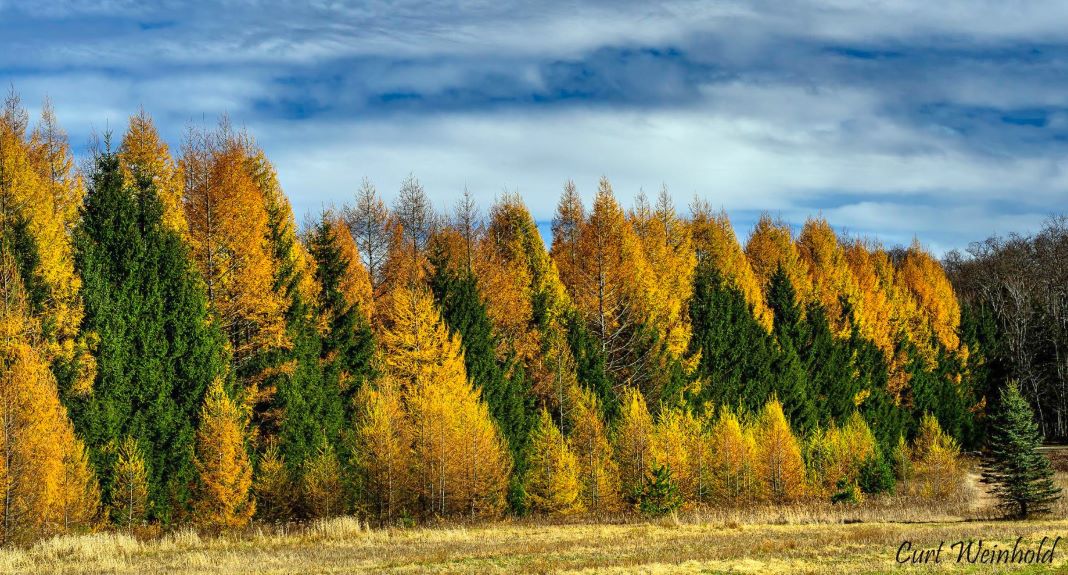UPMC Expert: Allergic Reactions and Their Causes

Nathaniel Hare, M.D.
Allergy and Immunology, UPMC
Allergies are the symptoms of our immune system’s defensive response to things we encounter that our body deems as “unsafe.” Most commonly, dust mites, pollen, mold, certain foods, plants, or bug stings/bites are the trigger. Allergies can put a damper on enjoying the warmer weather, time outside, and all that the season has to offer. For those who battle allergies, spring tends to be a prime time for rashes, runny nose, sneezing, itchy eyes, and a list of many other symptoms.
Make the most of the season by gaining a better understanding of what’s causing your body’s response and working with your provider to better understand how to treat your symptoms and lessen your chance of encountering a trigger.
Food Allergies
Common foods that contribute to allergic reactions include peanuts, milk, eggs, shellfish, fish, wheat, soy, and tree nuts. Signs of an allergic reaction may appear within a few minutes, or they could take up to two hours after eating the problematic food.
Symptoms of food allergies may include itching of the skin or mouth, hives, swelling of the throat, tongues, lips, or face, breathing issues, digestion issues like abdominal pain, nausea, vomiting, or diarrhea, and lightheadedness or dizziness. These reactions may cause a sense of uncomfortableness but can also become severe and life threatening.
Strict avoidance of known food allergies is the only way to prevent these reactions as there is no cure. If you are allergic to one of these foods, it is best to have a plan in place just in case you accidentally consume them.
Skin Reactions Caused by Plants
The most common poisonous plants that you are likely to encounter are poison ivy, poison sumac, and poison oak. They contain the same oil-like chemical that causes itching and the blistering of skin, and just like other plants in our region, start to bloom in spring.
Everyone’s sensitivity to this chemical, urushiol, varies. You may have been exposed several times before and never developed a rash. In other cases, it only takes one exposure for your body to become familiar to the oil and cause red and bumpy patches that develop wherever the plant has touched your skin.
Even though you may be sensitive to urushiol, you may have declining intensity of the side effects that it causes over time. For example, if symptoms of poison ivy, oak, or sumac show at a young age, they might not show as often or as intense in the later years of life.
It is also important to note that the rash caused by these plants is not contagious from person to person. However, the urushiol itself can be transferred from the plant to clothes or objects. The chemical doesn’t necessarily need to be on a plant to cause the rash. Fortunately, there are plenty of over-the-counter treatments that are effective in helping reduce the reaction, remove urushiol from the skin to help contain the reaction, and sooth the affected areas.
Allergies Caused by Bites or Stings
Bugs can also be the cause of triggering itchiness and unusual marks on your skin this summer. In Pennsylvania, it is common to be bitten by mosquitoes, spiders, ticks, or flies or stung by bees or wasps. Each kind of bite or sting has unique identifiers. It is important to know what they look like so that you can remedy them the most effective way.
- Mosquito – Raised, round surface. May feel dense and can become easy irritated.
- Spiders – Two fang marks, plus a red wound and a bump where the bite occurred. Other spider bites may begin as a red spot with redness and swelling. With time, this area lightens and becomes an irritated blister, bullseye pattern. This blister may become crusty and have the black and blue coloring of a bruise.
- Ticks – Small rash (size of a quarter), bullseye pattern. May have a black dot in the center.
- Flies – Swollen, painful, red, itchy welt/bump.
- Stings – White spot surrounded by red welt, immediate pain.
When to Seek Medical Care
Whether it’s food, a bug, or plant that has caused you harm, you should know when you need to seek medical care. The first thing to look out for is anaphylactic reactions. Anaphylaxis is serious and can be deadly.
Seek immediate emergency care if you experience:
- Chest or airway tightening
- Swollen throat that causes breathing difficulties
- A state of shock accompanied by a severe blood pressure drop
- Rapid pulse
- Loss of consciousness
For rashes caused by plants, seek care if your rash shows no signs of improvement after a week of infection, you have a fever, pus, or tenderness on the rash, or if itching gets worse.
Allergies can be unpleasant and life-threatening in some cases. Your doctor can help you determine what is triggering your allergic reactions and develop a treatment plan that works best for your personal case.
Nathaniel Hare, M.D., is with UPMC Allergy and Immunology and sees patients at 1705 Warren Ave., Suite 303, Williamsport. To schedule an appointment with Dr. Hare, call 570-320-7070. For more information, visit UPMC.com/AllergyNCPA.







